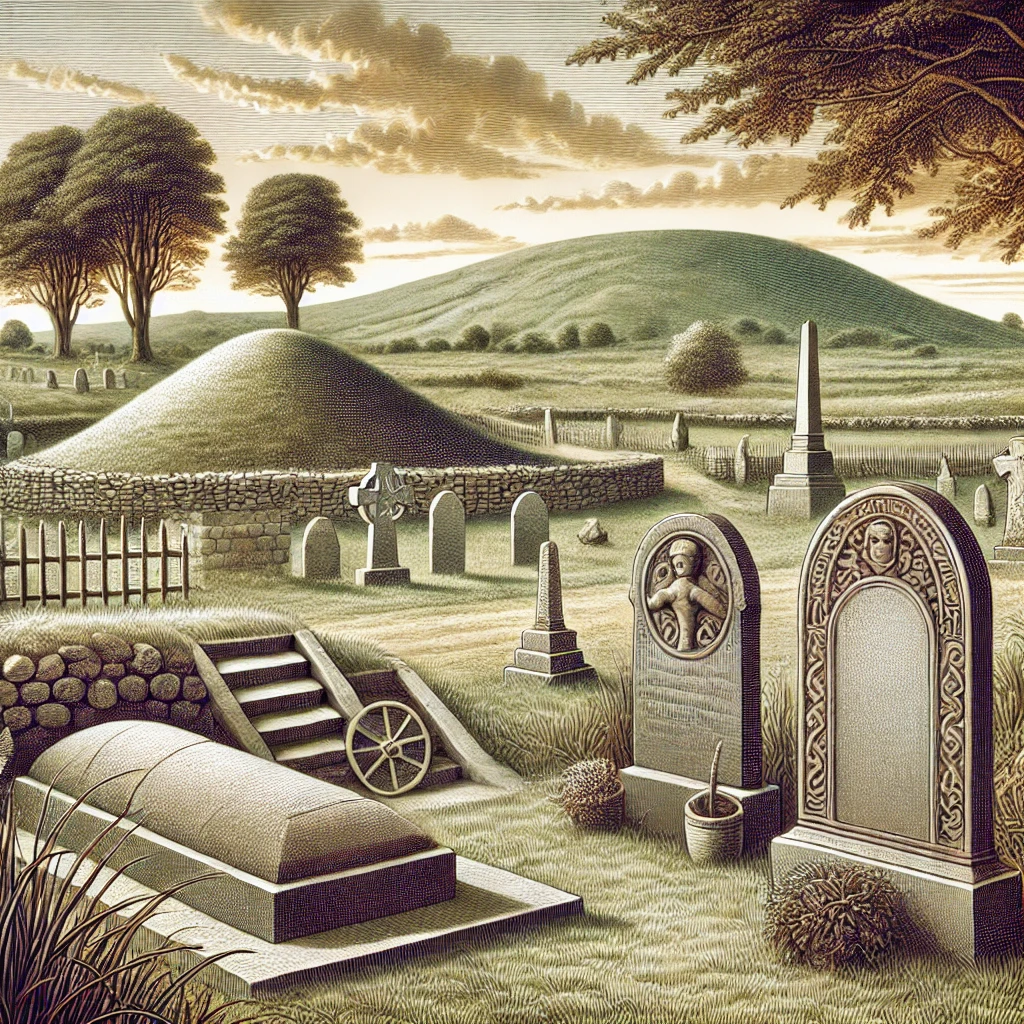The types of burials in ancient India reveal much about the beliefs and customs of early civilizations. Burial practices varied widely across regions, reflecting the diverse cultural and religious traditions that existed in the subcontinent. Understanding these burial types helps us gain insight into how ancient Indians viewed life, death, and the afterlife.
- Burial practices were often influenced by religious beliefs.
- The environment played a role in determining burial methods.
- Different regions had unique burial customs.
- Social status sometimes influenced the type of burial.

Inhumation: The Practice of Burying the Dead
One of the most common types of burials in ancient India was inhumation, where the body was buried in the ground. The practice was prevalent in the Indus Valley Civilization and continued in later periods.
Types of Inhumation
- Primary Burial: The body was placed in a grave in a sleeping position, often accompanied by personal belongings such as pottery, tools, or ornaments. The orientation of the body, usually facing north or east, was considered significant.
- Jar Burials: In some regions, especially in South India, bodies were placed in large earthenware jars and buried. This practice was often associated with children or infants, though adults were also interred this way.
- Pit Burials: A simple pit was dug in the ground where the body was laid to rest. These burials were common among the lower classes and were usually unmarked.

Cremation: A Symbol of Transformation
Cremation was another significant type of burial in ancient India, especially among the Aryans. The practice symbolized the transformation of the body into its basic elements, returning it to nature.
Types of Cremation
- Full Cremation: The body was fully burned on a pyre, and the ashes were collected and often scattered in a river, reflecting the belief in the purification of the soul.
- Partial Cremation: In some cases, only a portion of the body was burned, while the remaining parts were buried or placed in a specific location. This practice was less common but holds significance in certain regions.
- Funeral Pyre: The type of wood used in the pyre was often symbolic, with certain woods considered more auspicious. The direction of the pyre and the rituals performed during cremation were also essential aspects of the practice.
Secondary Burials: Honoring the Dead
Secondary burials involved the reburial of bones or ashes after the initial burial or cremation. This practice reflects a continued reverence for the deceased and was common in certain cultures.
Types of Secondary Burials
- Ossuaries: Bones were collected and placed in ossuaries, which were then buried or stored in a sacred place. This practice was common among certain tribes and reflected the belief in the continued presence of the deceased in the community.
- Reburial in Tombs: After the initial cremation or burial, the remains were sometimes reburied in tombs or burial mounds. These tombs were often marked with stones or other symbols to honor the deceased.
- Memorial Stones: In some cases, memorial stones were erected over the burial site or where the ashes were scattered. These stones served as a place for the living to pay their respects and remember the dead.
Conclusion
The types of burials in ancient India are more than just methods of disposing of the dead. They reflect the spiritual beliefs, social structures, and cultural practices of the time. From inhumation to cremation and secondary burials, each practice carried deep symbolic meaning and was integral to the community’s way of life. Understanding these burial practices allows us to appreciate the rich cultural heritage of ancient India and how these early civilizations sought to honor and remember their dead.
| Types of Burials UPSC Notes |
| 1. Burial practices in ancient India varied widely, reflecting the diverse cultural and religious traditions across regions. 2. Inhumation, where the body was buried in the ground, was common in the Indus Valley Civilization and later periods. 3. Jar burials were prevalent in South India, often used for infants or children, though adults were also interred this way. 4. Cremation symbolized the transformation of the body into its basic elements, returning it to nature, and was common among the Aryans. 5. Secondary burials involved reburial of bones or ashes after the initial burial or cremation, reflecting continued reverence for the deceased. 6. The types of burials in ancient India highlight the spiritual beliefs, social structures, and cultural practices of the time. |


